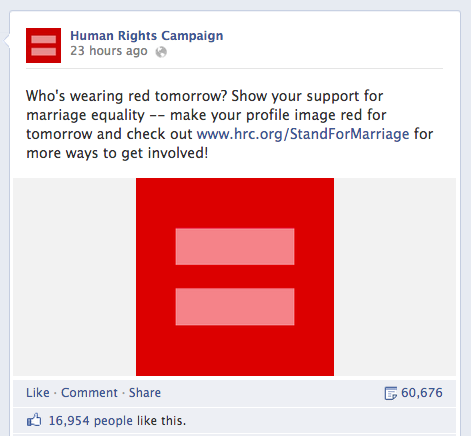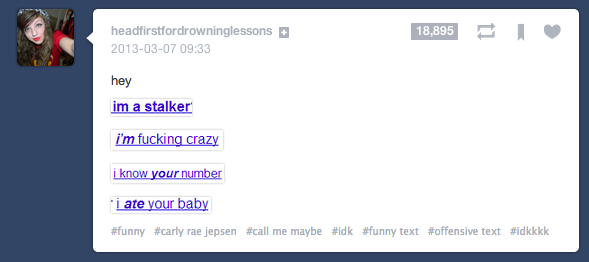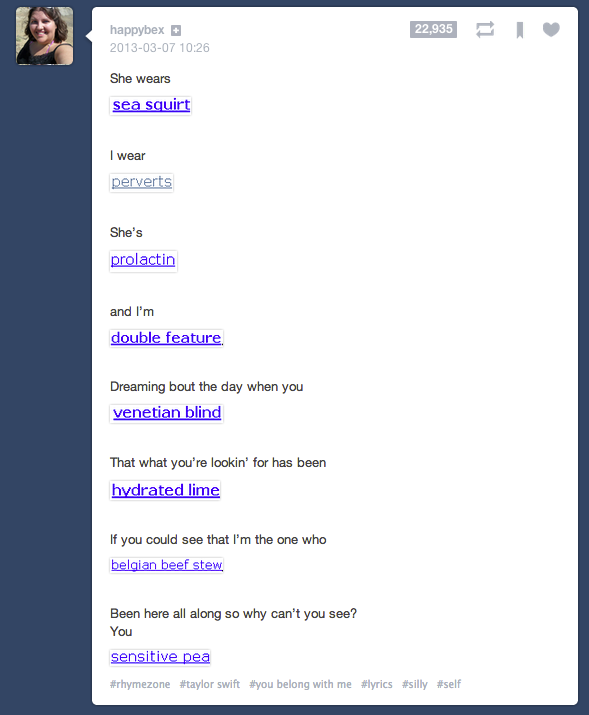The Creepypasta you are about to see contains realistic events that happend way back in time (1990) Viewer discrection is advised.
a child, I really loved playing the Sonic the Hedgehog games on the SEGA MegaDrive. Sadly, when nostalgia hit me one evening, I found out our console broke when we moved house, meaning my mum threw out all of the old games.
So, I decided to search eBay for a preowned MegaDrive. I stumbled across one, at the rather cheap price of six pounds, including delivery. The description claimed it also came with Sonic 1, yet on closer inspection, the cartridge’s paper seemed to have been torn off, with a label crudely placed on the front, written in a scrawled script.
I thought nothing of it, and decided to bid on it. Weirdly, despite it having a day to go, I immediately won the item. I proceeded to payment, left my feedback, and it arrived within three days. The Megadrive was in surprisingly good condition for the price, almost brand new sans smudged fingerprints. I blew into the labelled cartridge (old habits die hard you see), and inserted it into the cartridge slot.
The TV screen flickered on. The familiar image of the SEGA logo faded in left to right, but instead of the joyous chorus, there was a cacophonic blast of static which lasted far longer than it should’ve done.
But this is where things got weirder. The title screen was polluted, black sludge pouring into the sea, with dark skies and lightning. The music was slower, in a dissonant, minor key, and when Sonic popped out of the marquee, he looked genuinely terrified and afraid. I thought this must’ve been some sort of hack, until I hit start.
I saw Robotnik, in graphics far more realistic than possible for the time, holding a lifelike rabbit by the ears. He looked full of malice and hatred, his pince-nez glasses glinting as he revealed in his other hand a machete. He held it up to the defenseless animal’s throat and slit it, blood pouring out like a fountain. Robotnik began to laugh, but it was almost like he was in the room with me, it was so realistic.
Added by Oskarmandude
The game then went to Green Hill Zone, where the music was replaced with a low buzzing drone. The background looked just like it did on the title screen, and again, Sonic looked visibly shaken. His skin was paler, and he appeared to shake with fear. On running, he began to cry.
Nevertheless, I decided to play through as normal, just to see if this was some sort of cruel joke. I ended up losing rings against a Buzz Bomber. The noise on losing my rings was a harsh ringing, and I heard Robotnik chortle once more, his face flashing in the stormy background. Sonic hit the floor; I was unable to control him at this point, as the Buzz Bomber began to descend on Sonic’s helpless body.
The Buzz Bomber literally stabbed Sonic, and all I could hear was tortured screams. I couldn’t take my eyes off the crudely animated sprites of Sonic writhing in pain as the Buzz Bomber rammed into him. This went on for a good 30 seconds, before the Buzz Bomber flew off, leaving a bloodied Sonic corpse behind. The screams subsided as the screen faded to black.
I heard incredibly deep murmurings in some sort of weird language, maybe Japanese or Korean. Again, the hyper realistic Dr Robotnik faded into view again, but this time he was holding an even more realistic Sonic by the head. Sonic was crying, begging for mercy, sheer terror in his cries, but this time, Robotnik didn’t have a knife.
He literally broke Sonic’s neck, the sound reverberating, and I was ‘treated’ to the sight of Robotnik kicking the defenseless corpse of the hedgehog around, blood flying everywhere, Sonic’s spines breaking off, while all the time, the distorted sounds of Robotnik’s laughter and Sonic’s screaming played.
A message appeared in Japanese, with a selection- Yes or No. I chose Yes, somehow driven to continue. I appeared back in Green Hill Zone, but this time, there were graves where the totem poles were. Sonic was even more afraid, looking directly at the screen, as if begging me not to continue. But I felt I had to.
I continued through the game, of which its layout hadn’t changed at all. The iconic loop de loop was there, the tunnel Sonic span down, everything was the same, but decaying and full of pollution. I reached the end of the level, however, and it was the iconic boss level, you know, with the wrecking ball.
Only when Robotnik appeared, there was a blast of loud cacophonous synth sound. Robotnik’s face was contorted with sheer disgust for the hedgehog- and before I even had a chance to attack, Robotnik’s wrecking ball slammed into Sonic and crushed him against the side of the screen. Once more, the screams played, but the screen began to glitch horrifically and turn gray, almost into television static.
Before I had a chance to hit the power button and take out the cartridge, I heard very clearly in a deep voice- “This was your fault, and your fault alone.” I looked at the television and the hyper realistic Robotnik’s face from before occupied the entire screen.
The words game over flashed over his face as I saw Sonic’s hyper realistic carcass fall and land on top of the letters, sliding off and hitting the ‘floor’. All you could hear was Sonic whimpering and crying and asking “Why did you do this? Why?”
I promptly ripped the game out of the console, and threw them both straight into the garbage. To this day, I have never seen that eBay seller online again. My computer returned 404s on searching in the history, and anyone I asked on the eBay forums claimed the user had never existed in the first place















































